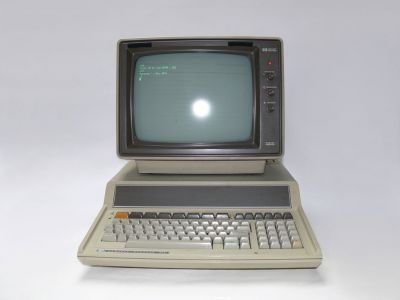One step closer to quantum computers

HP-86-Computer
By Thomas Schanz (Own work) [CC BY-SA 3.0 (http://creativecommons.org/licenses/by-sa/3.0)], via Wikimedia Commons
In the race to build a universal quantum computer, researchers not only need to be able to control complex quantum phenomena, they need to do this on a chip. Such a multi-purpose optical chip is currently being developed so that miniature circuits can soon be duplicated – in much the same way as with modern computers.
Photons are particles of light and a promising way to exploit quantum
phenomena since they do not suffer from strong coupling with the
external world. They also benefit from many degrees of freedom
(frequency, linear momentum, spin and orbital angular momentum) onto
which quantum bits can be implemented, processed and measured with
relative simplicity.
Given the vast literature that has shown how to tame photons, the aim of the EU-funded 'Quantum photonic chip' (QUANPHOCHIP) project is to advance this technology towards a scable platform. The integration of quantum optical systems on a solid-state chip would be a major step in this direction. Specifically, silicon-based chips were the natural choice for a number of reasons.
Firstly, silicon photonics devices can be built using established commercial complementary metal-oxide semiconductor (CMOS) fabrication techniques. Secondly, integration with CMOS-based microelectronics allows for adding driver and control electronics on the same chip, greatly reducing packaging complexity as well as cost. Thirdly, silicon’s compatibility to exotic material (superconductors for instance) allows integration of superb single-photon detectors on a quantum photonic chip, enabling measurement-induced nonlinear interaction between single photons.
The QUANPHOCHIP project is well on their way to fabricate a new class of quantum optics chips containing elements of generation, manipulation and detection of single photons. Before the QUANPHOCHIP project comes to a close, researchers envision having developed the ideal platform for fully integrated quantum optics schemes.
published: 2015-07-30

